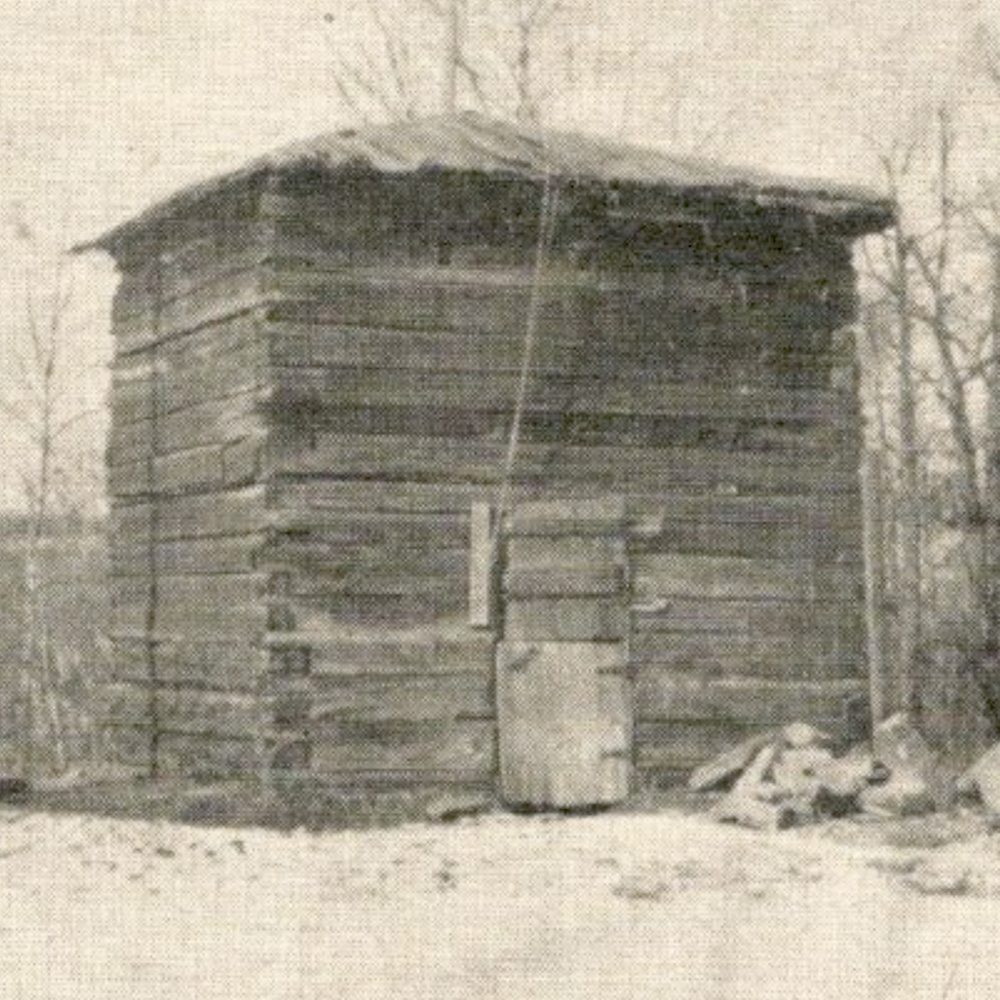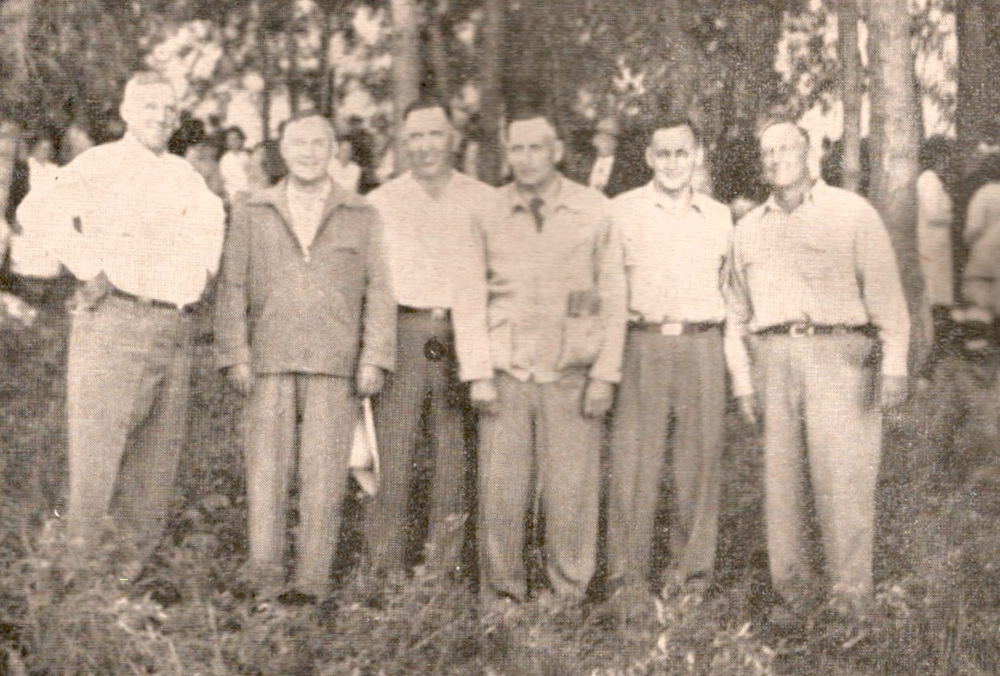The Heritage of Cornelius Jahnke
By Lyn Harrington
It was a great source of pride to Cornelius (Neil) Jahnke that three of his sons “took to” ranching. When he died in the spring of 1952, Peter, Ben and Elmer were all on ranches, and working in partnership. Friends and acquaintances gathered from close by and for 150 miles around to attend the funeral. And they’re still saying of Neil Jahnke, “He was one of Nature’s gentlemen — the only one of a kind. They threw away the pattern after they made him!”
Cornelius Jahnke was born in Clear Springs, Manitoba but left it for the Northwest Territories in 1903. In that year before the Province of Saskatchewan was established, Mr. Jahnke settled on a ranch beside the South Saskatchewan River, 11 miles northwest of Main Centre, near Herbert, Sask. He was a real pioneer, one of the first settlers in the region, and definitely the first to start ranching thereabouts.
His brand was F. Rowlock on the left shoulder. And that’s what it still is, for the sons still work in partnership, even though their ranches are miles apart. Peter, the eldest, worked with his father a long time, and indeed it was largely his efforts that put the ranch on its feet, according to his sister, Mrs. Herbert Wiebe of Herbert.
The other sons were quite a bit younger, but they too decided on ranching, including Bruce who left it later. Neil Jahnke acquired two other ranches. Peter now has the Big Coulee Ranch, formerly the Gordon, Ironsides and Fares Ranch, near Gouldtown. Elmer has the Log Valley Ranch, near Glen Kerr, which once belonged to Gib Kerr. And Ben Jahnke is on the “Home Ranch,” the one his father started.
All the ranches border on the Saskatchewan, but Ben’s home is close to the river. He draws water there for his household, and his cattle help themselves to all they care to drink.
Peter’s ranch has a little spring, which he dammed back to form a pond. On the Log Valley Ranch, Elmer with the assistance of the P.F.R.A. has dammed up a coulee in the hills to catch surface run-off.
In every instance, the ranch buildings are well kept, surrounded by trees which had to be planted, except right along the bank of the river. The homes are heated with oil burners and propane gas is installed in the kitchens for summer work.
Altogether the Jahnke brothers run about 2,000 head of cattle, a good commercial herd with purebred sires. These are Herefords, which they cross with Shorthorn bulls every now and then. Last spring, Ben bought eight purebred Shorthorns to run with the Hereford cows, believing that it improves the milk quality of the latter and produces thriftier calves.
Being in the buffer zone which surrounded Saskatchewan’s quarantine area, the Jahnke brothers had to hold over their cattle for a year. The embargo was therefore an inconvenience but it was an occasion for thanksgiving when not a sign of foot and mouth cropped up in their herds.
Beef cattle are sold by private treaty, as a rule, and are sometimes shipped from Teakle on the C.N.R. Occasionally the brothers drive the cattle 21 miles to Herbert, an overnight drive which seems to do them little harm.
Many years ago, they sent a carload of steers to England for a fancy price. Unfortunately, it was just at the moment when the pound was being devalued and the end price was much less attractive thana it had looked at first.
Previous to the sanitary embargo, most of the cattle were shipped to the American market. And the high prices of several years ago made things easier on these ranches as well as on others.
There’s plenty of work on a ranch at any season of the year, such as fencing, haying and harvesting of coarse grains. The Jahnke brothers have some alfalfa and raise a lot of oats and barley for their own use. Even at that, they have to buy more. They make a lot of hay in low areas, which is baled and hauled to winter quarters.
Winter brings its own problems of blizzards, with only a whisper of a chinook once in a while to ease the cold. When the cattle drift, the Jahnke brothers don their warmest clothing and ride out after them.
“Ranching in this part of the country isn’t exactly cowboy stuff,” they insist. “It’s more a matter of farming.”
But the Jahnke brothers have had their share of rodeo honors, and still do the roping at branding season and cutting out herds for breeding and shipping. Pete was calf-roping champion of Saskatchewan for a time and Ben competed in shows at Calgary and Swift Current.
But they’ve settled down to the more serious business of raising beef nowadays. All are members of the Saskatchewan Stock Growers’ Association, of which Ben is vice-president this year, and Pete a director.
When conventions are held in winter the boys manage to get to them come wind or cold weather. If the roads are blocked with snow they summon a light airplane to pick them up. Ben has a good way out, however. The Saskatchewan River forms an icy highway past his front door to Saskatchewan Landing, where he strikes the highway.
‘Our History’ is curated by former Canadian Cattlemen editor, Gren Winslow.
















